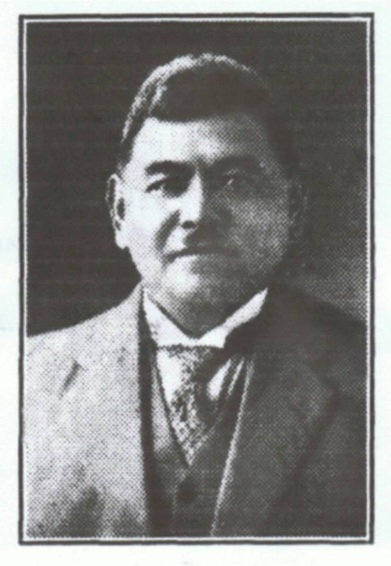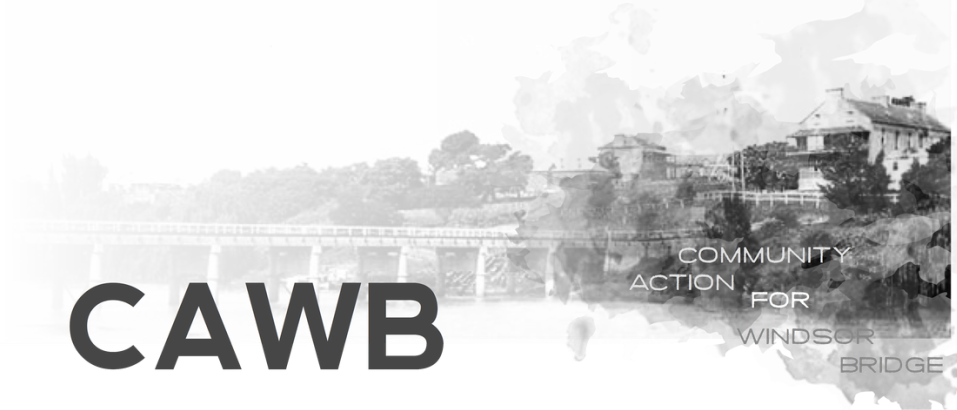
THE MAN FROM JAPAN WHO CARED
In 1874, in Yokohama, Japan Obimune Minami was born. When a young man his family sent him to study Arts at Kyoto University but he was restless and took to travelling the world.
In 1897, he came to Australia and by 1920 he had become a resident of Windsor and had married Susan Trapp in the Methodist Parsonage. By this time he had anglicised his name to Thomas (Tommy) Mina.
He and Susan set up a successful laundry business in Windsor, first in Thompson Square, opposite the Royal Hotel (Macquarie Arms) and then in the cottage beside the Hotel, at the kind insistence of Mr Curl who was the proprietor of the Royal.
Later, Thomas acquired a shop in George Street, near where Ms Markus MP has her office.
Thomas worked hard to overcome any racial differences in the town, eventually becoming a prominent citizen. He is often referred to in the Gazette as “our good citizen” for the outstanding contributions he made to raising funds for the Hospital and the Home For The Infirmed he was presented by the Hospital Board with an “Illuminated Address” in 1930. He was also made a Life Member of the Hawkesbury District Hospital.
Thomas also loved Windsor as well as its people and he was a founding member of the T.I.A. (Town Improvement Association) which had been formed by citizens concerned about the dilapidated state into which Thompson Square had fallen due to the neglect of Council and their seeming incapacity to recognise its historical importance and tourist potential.
Thomas raised money to aid the beautification of T.S. by auctioning off his elaborately decorated cakes and helping to organise fund raising Carnivals in the Square itself.
One of the things that Mr Mina recalled with pride about his life in Windsor was that he was the one who “walked the Square and planned its beautification”. He designed gardens, terraces, a summer house, and fountain. Thompson Square became a place of peaceful beauty full of flower beds and clipped lawns to be enjoyed by the citizens as Governor Macquarie had intended as well as tourists.
He put forward the idea of placing a statue of Governor Macquarie to stand in front of the School of Arts building, which Thomas had made attractive by creating a flower garden in the its front yard. He was told that the RTA was going to put a link road through the Square to the bridge and that would entail a wider road, disregarding the significance of the place. Most of Thomas’s garden disappeared under the road development along with any plans for a statue.
Thomas retired from laundry work in 1938 and eventually left Australia for ever in March 1941, when he returned to Japan. Susan had died in 1941 and he had no children. He never got to see the square become what it could be.
Thomas Mina, although coming from a foreign culture, had developed a keen knowledge and understanding of Australian heritage. Perhaps he brought with him a more worldly knowledge and insight to the town of Windsor, enabling him to see clearly the value of this heritage which was slipping away, proving the old saying “Familiarity breeds contempt”…or in this case, neglect.
In 1874, in Yokohama, Japan Obimune Minami was born. When a young man his family sent him to study Arts at Kyoto University but he was restless and took to travelling the world.
In 1897, he came to Australia and by 1920 he had become a resident of Windsor and had married Susan Trapp in the Methodist Parsonage. By this time he had anglicised his name to Thomas (Tommy) Mina.
He and Susan set up a successful laundry business in Windsor, first in Thompson Square, opposite the Royal Hotel (Macquarie Arms) and then in the cottage beside the Hotel, at the kind insistence of Mr Curl who was the proprietor of the Royal.
Later, Thomas acquired a shop in George Street, near where Ms Markus MP has her office.
Thomas worked hard to overcome any racial differences in the town, eventually becoming a prominent citizen. He is often referred to in the Gazette as “our good citizen” for the outstanding contributions he made to raising funds for the Hospital and the Home For The Infirmed he was presented by the Hospital Board with an “Illuminated Address” in 1930. He was also made a Life Member of the Hawkesbury District Hospital.
Thomas also loved Windsor as well as its people and he was a founding member of the T.I.A. (Town Improvement Association) which had been formed by citizens concerned about the dilapidated state into which Thompson Square had fallen due to the neglect of Council and their seeming incapacity to recognise its historical importance and tourist potential.
Thomas raised money to aid the beautification of T.S. by auctioning off his elaborately decorated cakes and helping to organise fund raising Carnivals in the Square itself.
One of the things that Mr Mina recalled with pride about his life in Windsor was that he was the one who “walked the Square and planned its beautification”. He designed gardens, terraces, a summer house, and fountain. Thompson Square became a place of peaceful beauty full of flower beds and clipped lawns to be enjoyed by the citizens as Governor Macquarie had intended as well as tourists.
He put forward the idea of placing a statue of Governor Macquarie to stand in front of the School of Arts building, which Thomas had made attractive by creating a flower garden in the its front yard. He was told that the RTA was going to put a link road through the Square to the bridge and that would entail a wider road, disregarding the significance of the place. Most of Thomas’s garden disappeared under the road development along with any plans for a statue.
Thomas retired from laundry work in 1938 and eventually left Australia for ever in March 1941, when he returned to Japan. Susan had died in 1941 and he had no children. He never got to see the square become what it could be.
Thomas Mina, although coming from a foreign culture, had developed a keen knowledge and understanding of Australian heritage. Perhaps he brought with him a more worldly knowledge and insight to the town of Windsor, enabling him to see clearly the value of this heritage which was slipping away, proving the old saying “Familiarity breeds contempt”…or in this case, neglect.


